An easy guide explaining How to Make Popcorn perfectly every time, including the most common mistakes rookies make. Featuring a nutritious, delicious and healthy stovetop popcorn recipe which requires no fancy equipment, is lots of fun and done in under 15 minutes!
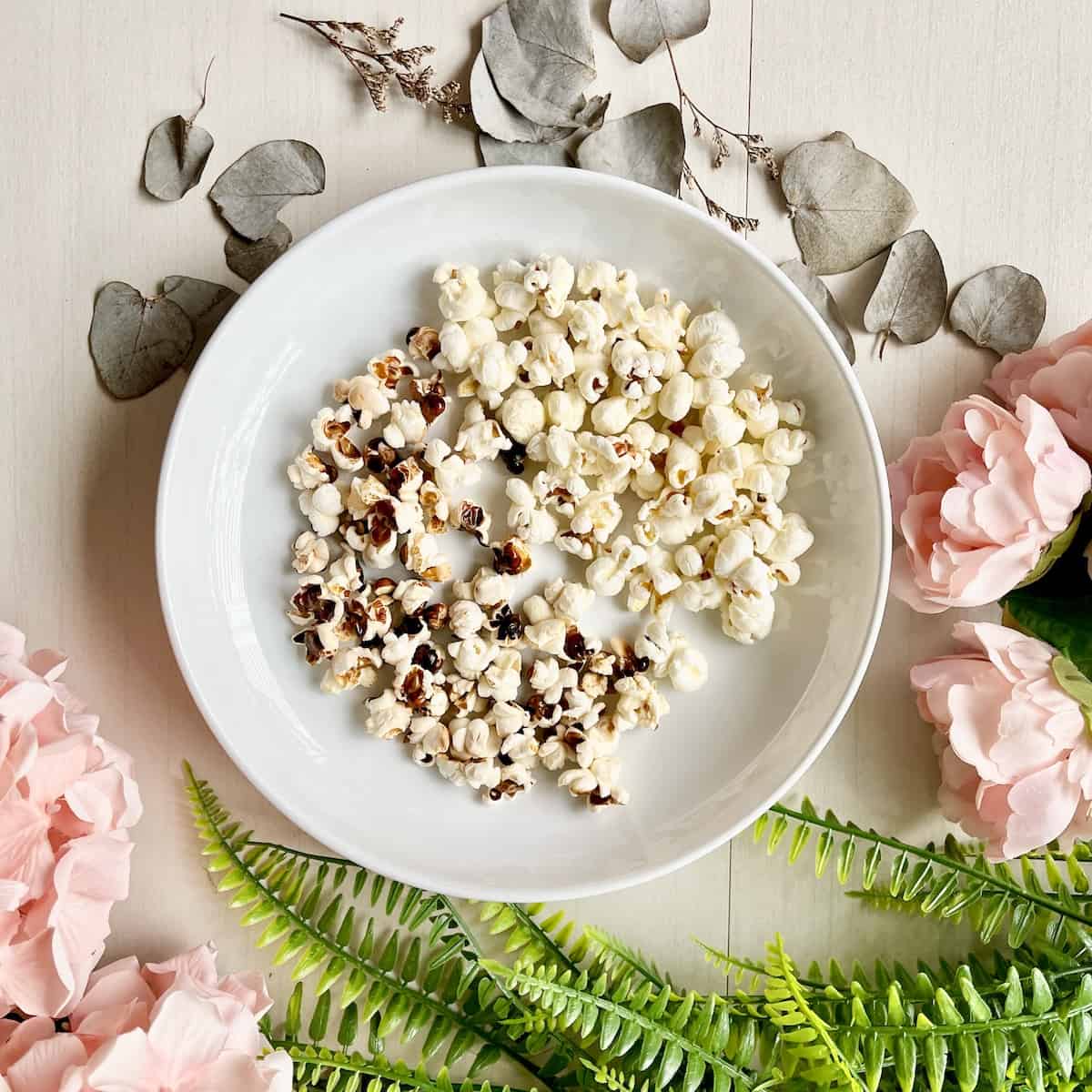
Jump to:
There are few things in life more mesmerising than watching your corn kernels pop with a vengeance and fly all around the pot (ideally covered by a glass lid so that you don't get hit in the eye by one of the more energetic yellow kernels!).
However, if you've never done it before, you may need some tips on how to make perfect stovetop popcorn every time and how to avoid the most common mistakes. (Scroll down for more on this!)
After which, you can make a gazillion different flavoured snacks such as this 3-ingredients spicy homemade popcorn, soy sauce butter popcorn, miso butter popcorn or this umami-licious salted egg popcorn!
Note: Popcorn also makes the perfect no-bake snack for Halloween as you can easily turn it into monsters or ghosts using chocolate and marshmallows!
📋 The Science
I'm not going to make this post a long scientific treatise on corn but understanding the science behind why popcorn pops will help you learn how to to make easy stovetop popcorn.
Basically, corn pops because of its interior moisture content (14-20% moisture by weight) and tough outer skin.
Upon heating, the moisture turns to steam, gradually breaking the hard outer shell (i.e. the kernel pops) after which the interior starches quickly cool into the light and fluffy stovetop popcorn that we know and love.
⭐ Is It Healthy?
Air popped popcorn is a low-calorie, high-fibre whole grain.
Whole grains have been associated with a lower risk of diabetes, heart diseases and even some cancers. This fun treat also has a lot of polyphenols and helps you to feel satiated more quickly.
Sounds like a large bowl of popcorn is a perfect healthy snack, especially for movie nights, no? (As long as you don't drown it in a ton of melted butter and salt!)
In this post, I'll show you how to make perfect homemade stovetop popcorn as well as provide some healthy (in moderation) seasoning ideas.
Note: stovetop popcorn is better than microwave popcorn as the latter has been linked to health problems and chemicals in the past.
🌽 Ingredients
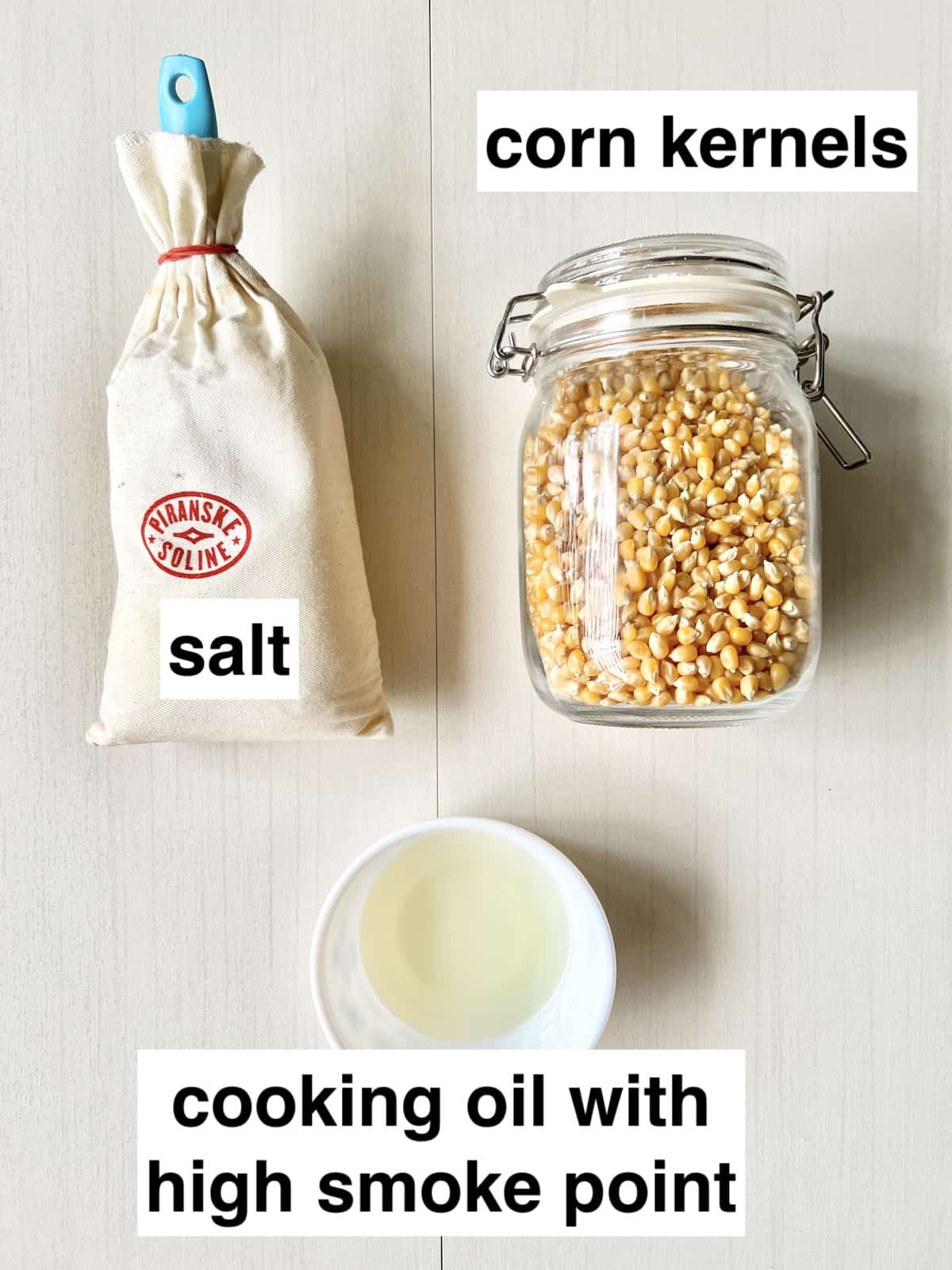
The basic ingredients are:
- corn kernels: do not wash! Washing affects the moisture levels and thus the ability to pop. (I know, because I made this rookie mistake.) Granted, corn kernels lose moisture over time- very, very old corn kernels may have too little moisture to pop and may thus need to be soaked. However, you should always test them first. I've used corn kernels that were out-of-date and they still popped without extra water. In fact, when I washed them pre-popping, fewer kernels popped! So, always try popping a few corn kernels before you soak!
- oil: You want something with a high smoke point such as canola oil, corn, avocado oil, grapeseed, peanut, sunflower, safflower, vegetable oil or even ghee. Alternatively, you could use ½ butter and ½ any of the previously mentioned oils. (Avoid using olive oil or 100% butter to pop your corn as their smoking points are lower.) Whichever oil you use, don't use too much! 1 tablespoon is more than enough to pop ¼ Cup of kernels- more and the corn is soggy.
- salt: you can pop popcorn without this, but they'd be rather bland. If you use sea salt, make sure it's finely milled or it won't coat your popcorn well. There is special popcorn salt in stores, but you can really just grind your cooking salt with a spice grinder and save money!
🧂 Optional Seasonings
However, the beauty of popcorn is that you can customise the taste to your liking!
Healthy popcorn seasonings include tossing in:
- salt, onion powder and garlic powder
- salt, black pepper and chilli powder
- salt, garlic powder and cayenne powder
- salt and shichimi powder
- turmeric powder, garam masala and salt
- nutritional yeast and salt
- brown sugar, cinnamon and (optional) crushed nut powder
- popping your kernels in a seasoned oil (e.g. chilli oil, garlic oil or coconut oil popcorn) so that the flavours infuse into the popcorn during the popping process
Note: if you're craving something a little more buttery, make sure you use ghee or clarified butter. The water has been removed from these 2 products so no steam will be produced and your stovetop popcorn won't go soggy.
🍿 Step-by-Step Instructions for Stovetop
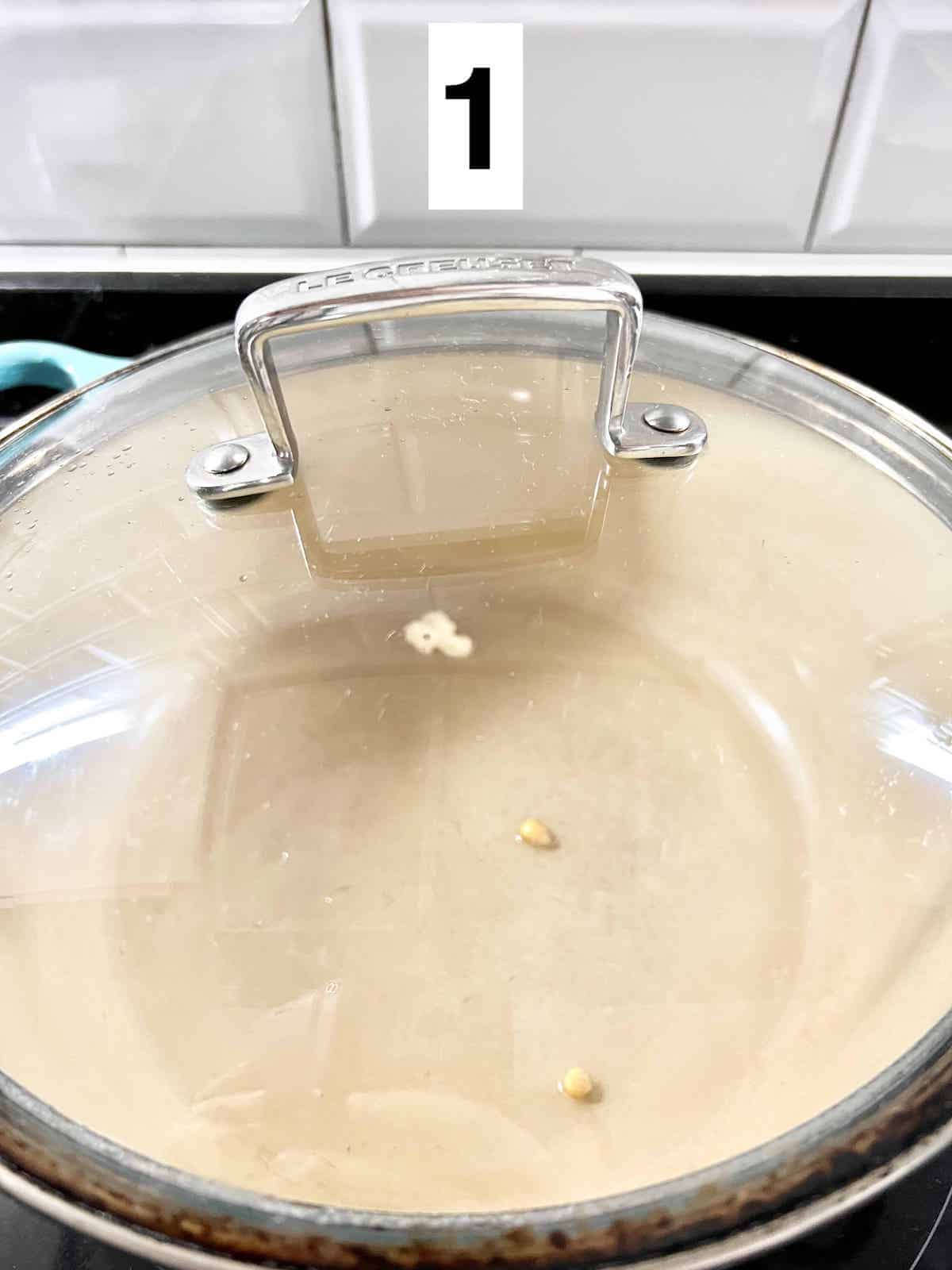
- 🌡️ How hot should your oil be? Popcorn burns easily, so start with medium heat (if you use a gas cooker) or medium-high heat (for an induction stove- I use 7-8 on a Bosch induction before turning it down slightly once the kernels start popping.) It will take a few minutes for the oil to get hot enough for the corn to pop, so you will need a little patience!
- If you don't have a food thermometer (I don't): The best way to test for the temperature is to pop 2-3 test kernels into the hot oil. Once they've popped, you know the oil is ready.
Note: The best temperature to pop corn is 190C (380F.) Fun fact from Harold McGee, who wrote On Food and Cooking! Uneven heating results in either burnt unpopped kernels (heating too slowly) or semi-popped and hard stovetop popcorn (heating too quickly).
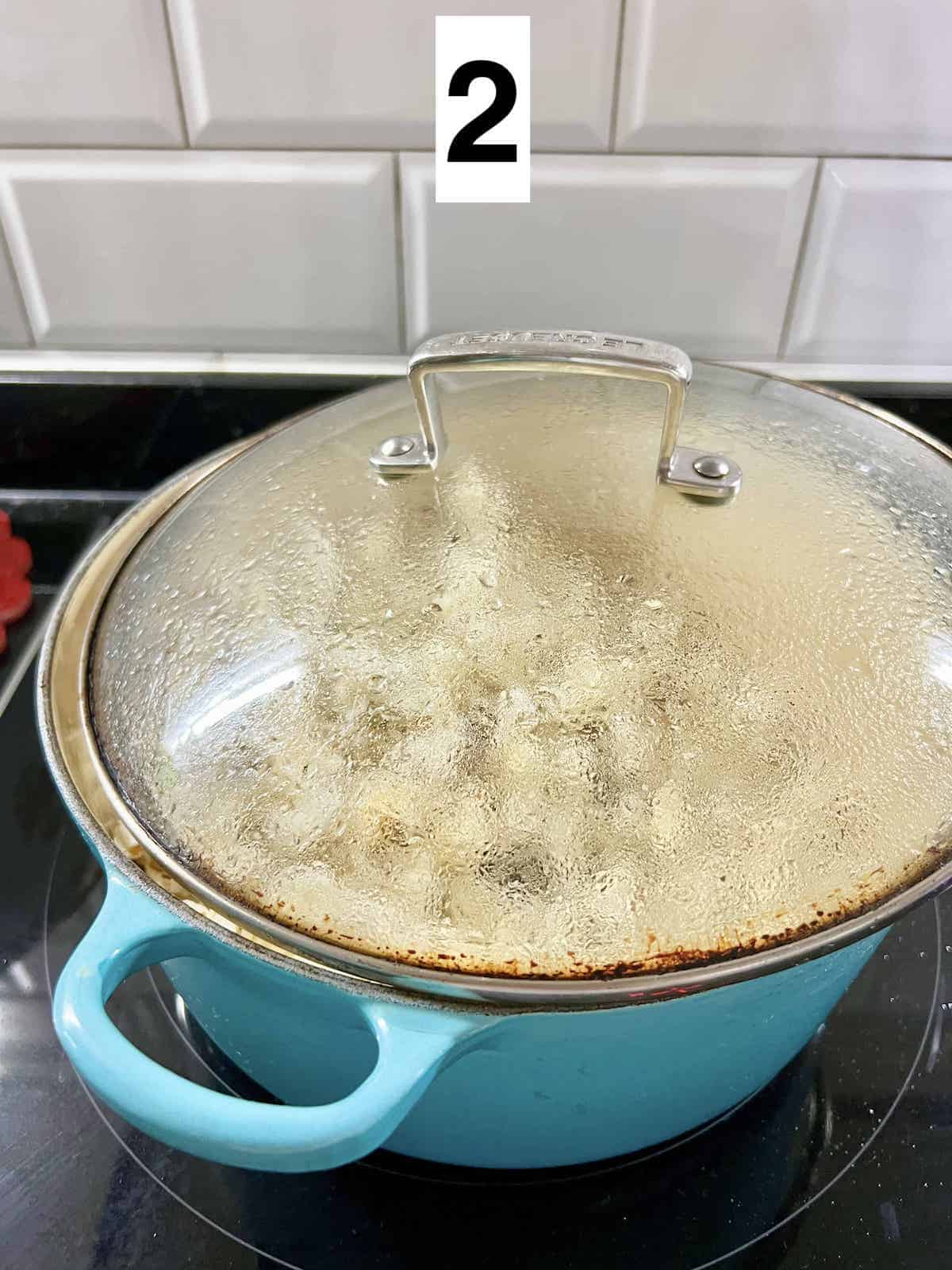
3. Turn off the heat, remove the popped kernels then add the rest of the kernels to the pot.
4. Switch the fire on again (medium for gas, medium-high for induction.) Cover the pot to prevent yourself from getting splashed by oil, but leave the lid a little ajar to allow the steam to escape. (I like to have the gap facing to the side (and not towards me) to minimise the risk of getting spattered by oil.)
5. Give the pot a gentle shake every now and then to distribute the kernels well.
Tip: If you find some oil still makes it out of the semi-closed lid, cover the gap with a tea towel only if using an induction stove. There is a risk of the tea towel catching fire if you are using a gas stove so I don't recommend doing so!)
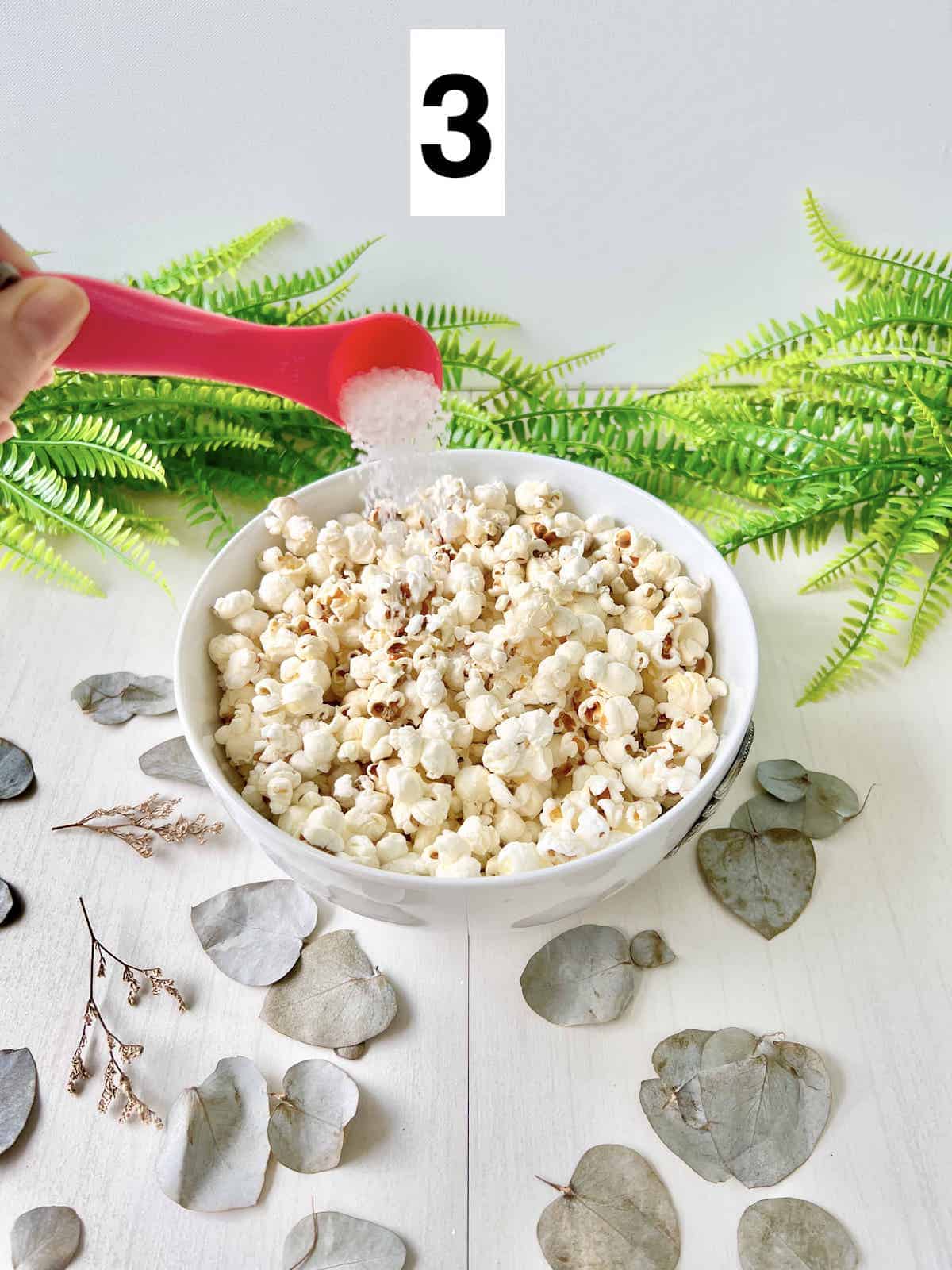
6. Keep the heat on till the popping slows to 1 pop every 2-3 seconds.
7. Uncover, pour out the popcorn into a heat-proof bowl and sprinkle with salt and seasoning to taste. (See post above for seasoning ideas)
8. Stir with the spatula to make sure all the kernels are coated.
9. Best eaten right away but I've kept it for a few days in an air-tight container.
Note: Don't season in the hot pot or you'll season the pot not the popcorn!
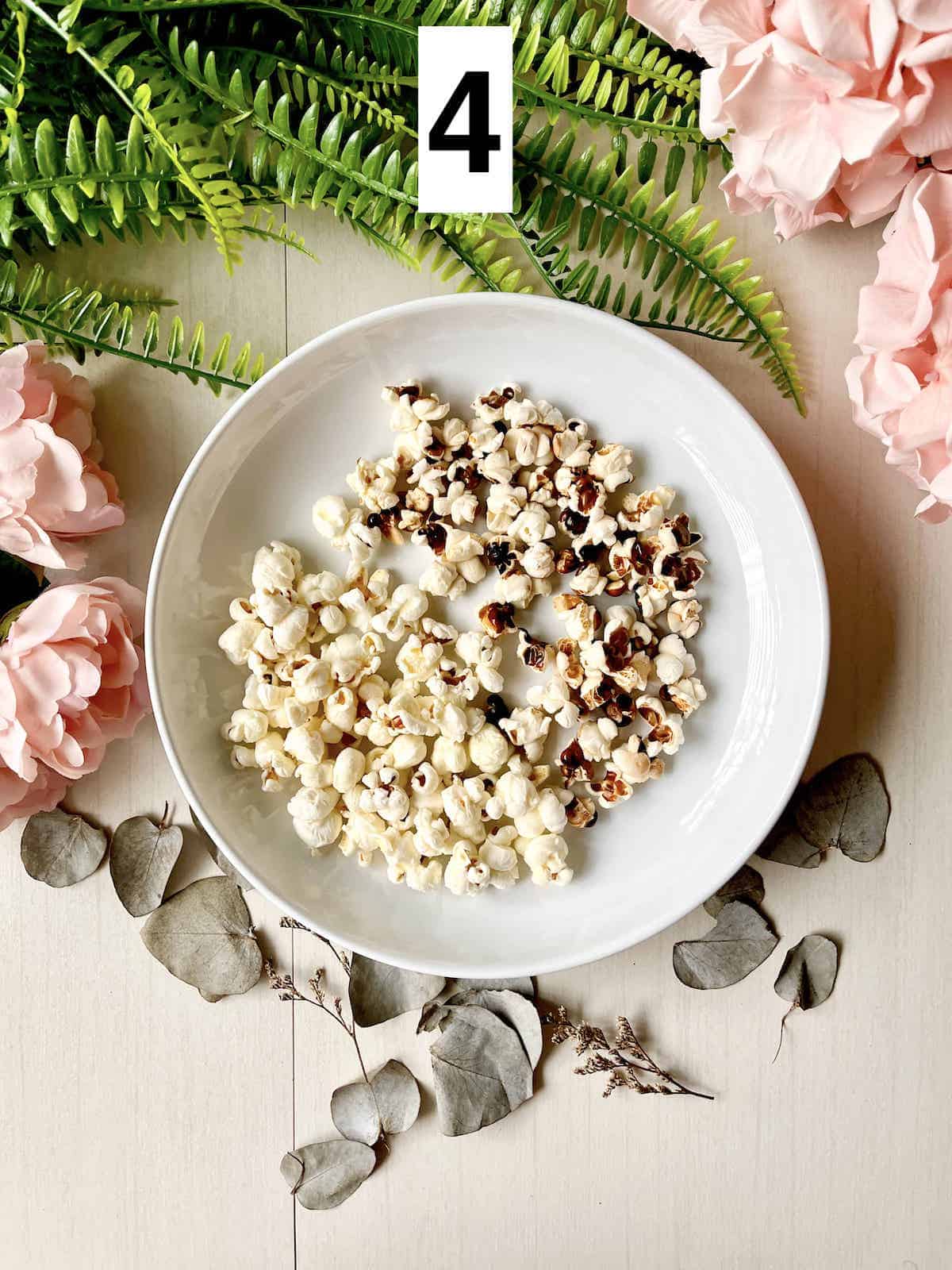
What to do with Unpopped Kernels: Almost every batch of popcorn will have a couple of unpopped kernels.
I was curious to see if these could be popped separately, so I repeated the cooking process and, lo and behold, all of them popped!
They didn't open as fully as the 1st round, but still perfectly serviceable popcorn. I liked their crunch better- they also had a hint of a roasted flavor- but older people may find them too hard.
🥣 Other Popping methods
There is more than 1 way to pop a cup of popcorn kernels. Besides using a regular pot or pan on the stove, you can also:
- use a Whirley Pop Machine on the stove
- pop in the microwave
- use an air popper
If you're curious about how these 4 methods compare, according to Serious Eats, the methods ranked from best to worst- in terms of the taste of the popcorn- is:
- Whirley Pop popped popcorn
- Stove popped in a large pot with lots of oil (I disagree with the lots of oil! See Below)
- Air popper popped
- Microwave popped
How Much Oil?
There seems to be some controversy over the amount of oil to use.
According to the Reader's Digest, too much oil makes the corn not pop. However, both New York Times and Serious Eats advocated for using so much oil that such that your kernels are practically floating, promising the bestpopcorn that would be crunchier & all-round better.
I tried the ½ cup of corn kernels to ⅓ cup of oil (fresh peanut oil) they recommended. The resulting popcorn was slightly crispier- I wouldn't call it crunchy as that's a term reserved for caramel popcorn but it was a little firmer than my usual (which is popped in only a few tablespoons of oil).
On the other hand, the amount of oil spatters was no joke and there was a significant amount of oil left at the bottom of the pan after the corn had popped.
I'm a fan of fried food- but the excess oil reminded me of days-old pork crackling and made the popcorn taste stale. In the end, my testers and I both concluded that we preferred the taste of the popcorn popped in less oil.
🥡 How to Store
Homemade stovetop popcorn is best eaten rightaway after cooking so that it remains nice and crisp.
I have, however, been known to cook a big batch and store the rest for a few days in an air-tight container. Just make sure the popcorn is completely cooled, if not it will produce steam and become soggy.
Note: this works best for popcorn which doesn't have a buttery/liquid sauce as those would soften the popcorn.
👩🏻🍳 Expert Tips
Tip #1: Use a deep, good pot: I've popped corn in a pan before but it's easier if you have a deep pot, as the corn will be less likely to whizz around and hit you in the face when you open the lid! I like to use my Le Creuset Dutch Oven topped with the Le Creuset Toughened Glass Lid so that I can watch the corn kernels fly!
Tip #2: Not shaking the pot enough: you need to keep shaking the pot to make sure all the kernels come into contact with the hot oil- make sure you have a hand pressing the lid down, as you don't want it to come off, and have all the hot kernels hit you in the face!
Tip #3: Don't be afraid to switch off the fire even if not all the kernels have popped: it's highly unlikely that every single kernel will pop and if you wait for them to do so, a lot of the popcorn will burn (this snack burns easily). Instead, let your ears be your guide: whilst continuously shaking the pot (with a hand holding the lid slightly ajar and firmly down so that you don't get hit in the face by the hot flying kernels), listen to the popping sounds. When they start slowing down to 2-3 seconds of silence between each pop, it's time to remove the pot from the heat.
Tip #4: Don't season the popcorn in the pan: always pour the popcorn into a bowl before seasoning, if not the spices will stick to the hot oil in the pan and not the corn!
Tip #5: Don't make popcorn too far in advance: popcorn always tastes best freshly made!
💭 Recipe FAQs
Strictly speaking no, but the oil or butter is a carrier for flavour so if you skip it, you may not like the taste as much!
Uncooked (dried) corn kernels can last a very long time. They may lost moisture and become more difficult to pop but you can soak them briefly to get them to pop more easily. Unseasoned home-popped popcorn can last 4-5 days if kept very dry. (Seasoned popcorn will last different lengths of time depending on the ingredients!) Don't leave the popcorn in the fridge or it will become moist and soggy!
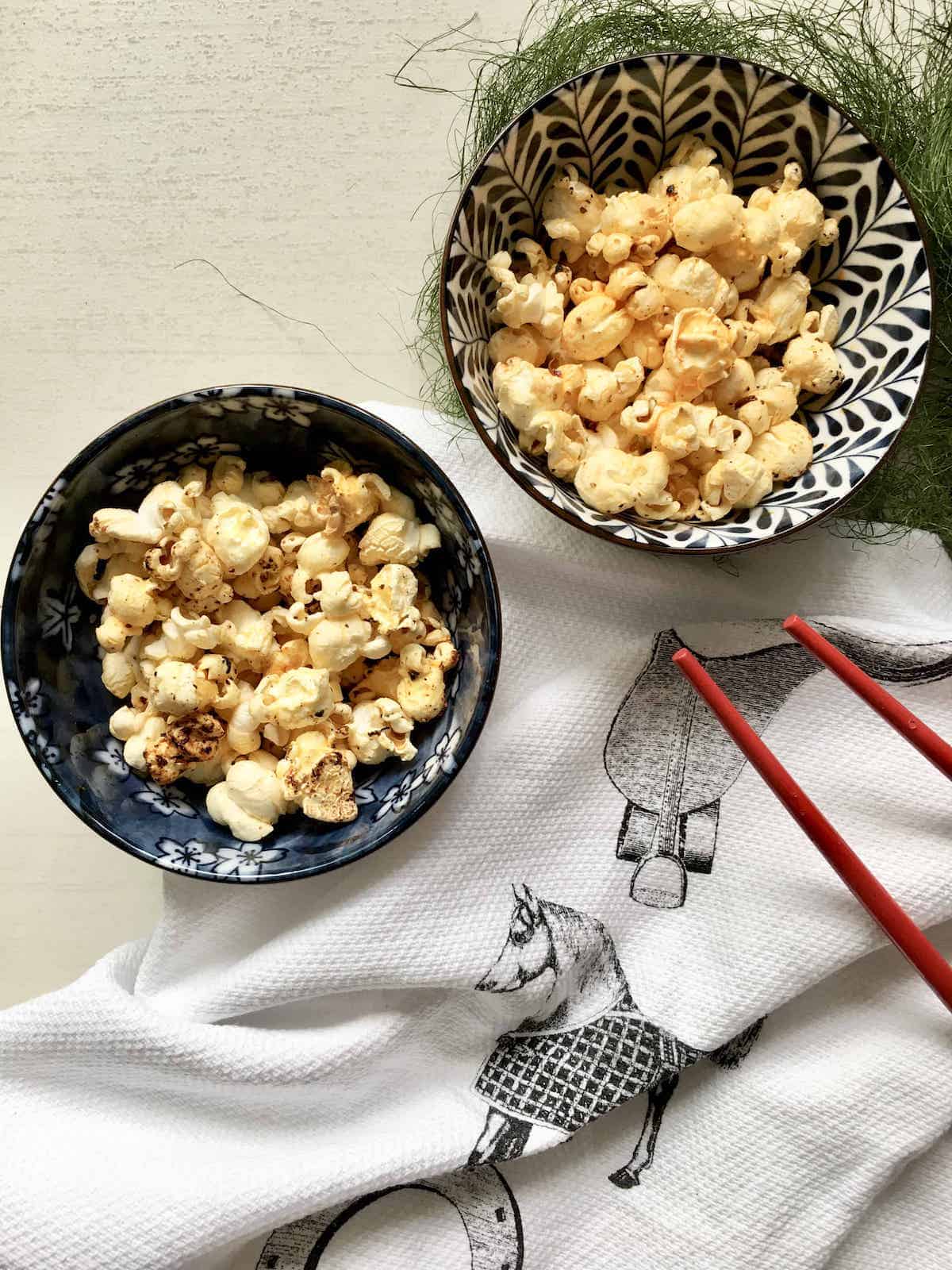
🍯 Popcorn Sauce Recipes
If you're looking for an indulgent (and thus less healthy) popcorn, try coating in caramel toppings or 1 of these sweet syrups:
Enjoyed this Easy Healthy Stovetop Popcorn recipe? Please leave a 5-star 🌟🌟🌟🌟🌟rating in the recipe card below & if you REALLY found this How to Make Popcorn helpful, a comment would make my week! Thank you and have a great day!
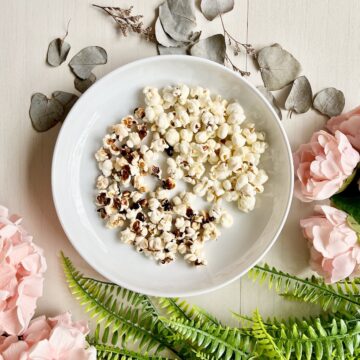
How to Make Popcorn
Equipment
- Heavy pot with deep bottom and lid Preferably a glass lid so you can see what's happening in the pot!
- heat proof spatula
- Food thermometer (optional) You can add a few kernels to the hot oil to test the temperature instead- if they pop, the oil is good to go.
- Spice grinder Optional: if your salt isn't finely milled, give it a whizz in the grinder
Ingredients
- 2 T Oil Use ones with high smoking points, not olive oil. If you want a buttery flavor, ghee or clarified butter works better than regular butter.
- ½ Cup Corn kernels Don't wash them!! Even if your kernels are old, try popping a few before soaking (only soak if they're super old and the test kernels didn't pop- they might need a bit more moisture in that case.)
- Finely milled salt, to taste You don't need to waste money on special popcorn salt, just break yours down in the spice grinder!
Instructions
- Turn on the heat to medium-high (I use 7 on an induction cooker). Add the oil and let it heat up- it will take a few minutes. Either use a thermometer to check that the oil is 190C (380F) or toss a few kernels in to check that they pop. (If they burn the oil is obviously too hot- Popcorn burns easily FYI) (I have no food thermometer so I use the latter method)
- Once the oil is hot enough, turn off the heat and remove the popped corn.
- Put the rest of the kernels in and CLOSE THE POT, placing it back on the stove (so you don't get hit in the face by a flying kernel or oil).
- Turn the heat back to medium. Leave the lid a little ajar so the steam can escape, if not you get soggy popcorn. I like to have the gap facing the side (and not facing me) to minimise the risk of getting spattered by oil. Give the pot a gentle shake to make sure the kernels are nicely distributed.
- You'll hear the kernels start popping, which is great fun! Shake the pot slightly again to make sure all the kernels are getting heated up evenly. Keep the heat on till the popping slows to 1 pop every 2-3 seconds.
- Uncover, pour out the popcorn into a heat-proof bowl, sprinkle with salt and seasoning (see post above for seasoning ideas) to taste and give it a stir with the spatula to make sure all the kernels are coated. (Don't season in the hot pot or you'll season the pot not the popcorn)
- Best eaten right away but I've kept it for several days in an air-tight container.
Notes
Note: the nutritional information is an estimate automatically calculated using the WPRM recipe maker and I am not responsible for its veracity.
Nutrition
If you've found this How to Make Popcorn post helpful, please do share it on your social media! Thank you!

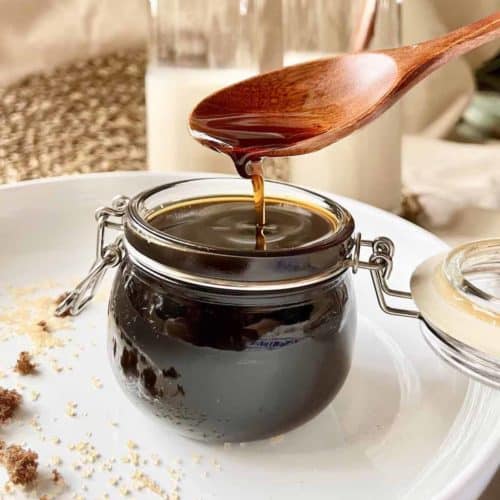
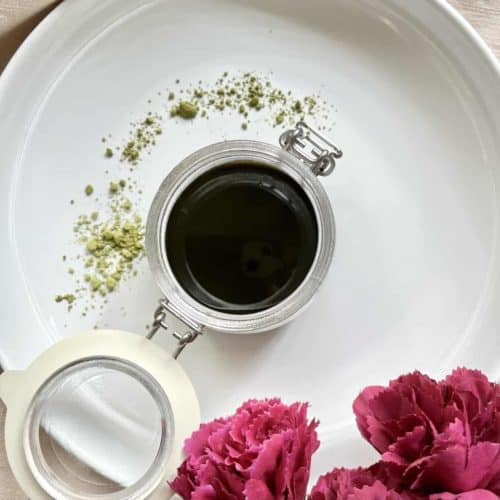
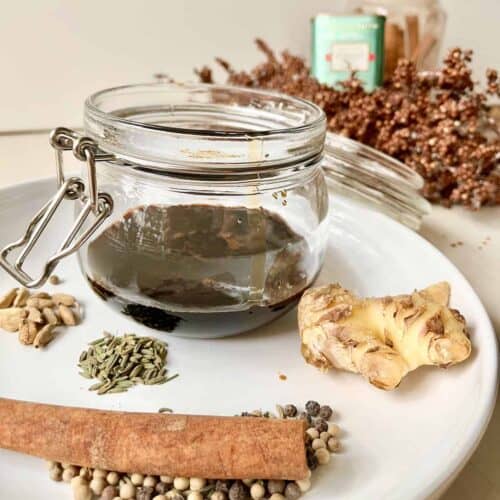
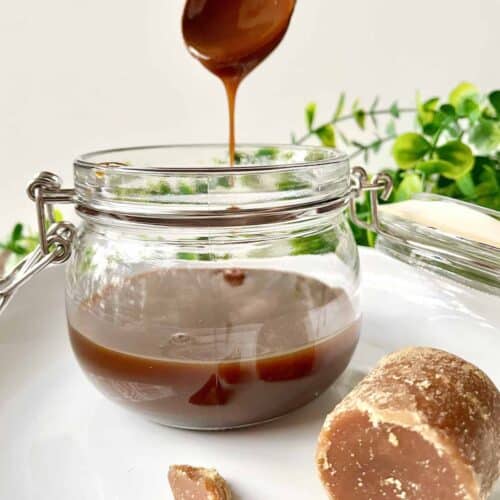
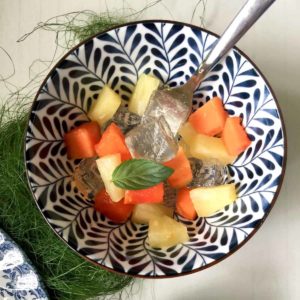
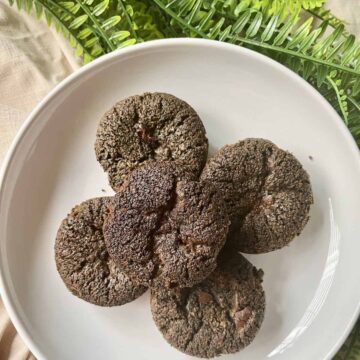
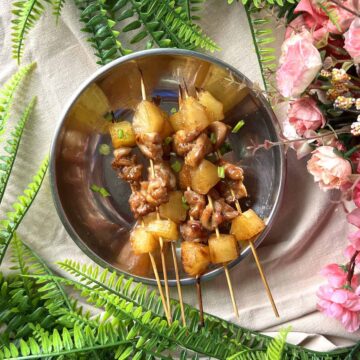

Amy says
I used to make great popcorn in a Whirly Pop on a gas cooktop. We now have an induction cooktop and a stainless steel Whirly Pop, the the popcorn is nowhere near as good. We have many more unpopped kernels and the popcorn doesn’t taste as good. Do you have suggestions?
Thank you!
Zen says
Hi Amy, thanks for stopping by. I've always made the popcorn in a pot not in a Whirly Pop. However, I've done it both on the gas and induction stoves- the difference is the temperature. The gas is typically a lot hotter than the induction! What heat setting are you using on your induction?
fern says
Always had a problem popping corn, then tried your recipe today- realise it's because I used to soak mine as I had read that on other recipes. Without soaking it's so much easier, thanks
Zen says
Hhaha I made the same mistake the first few times I popped corn too, Fern! Glad my experience could help someone!